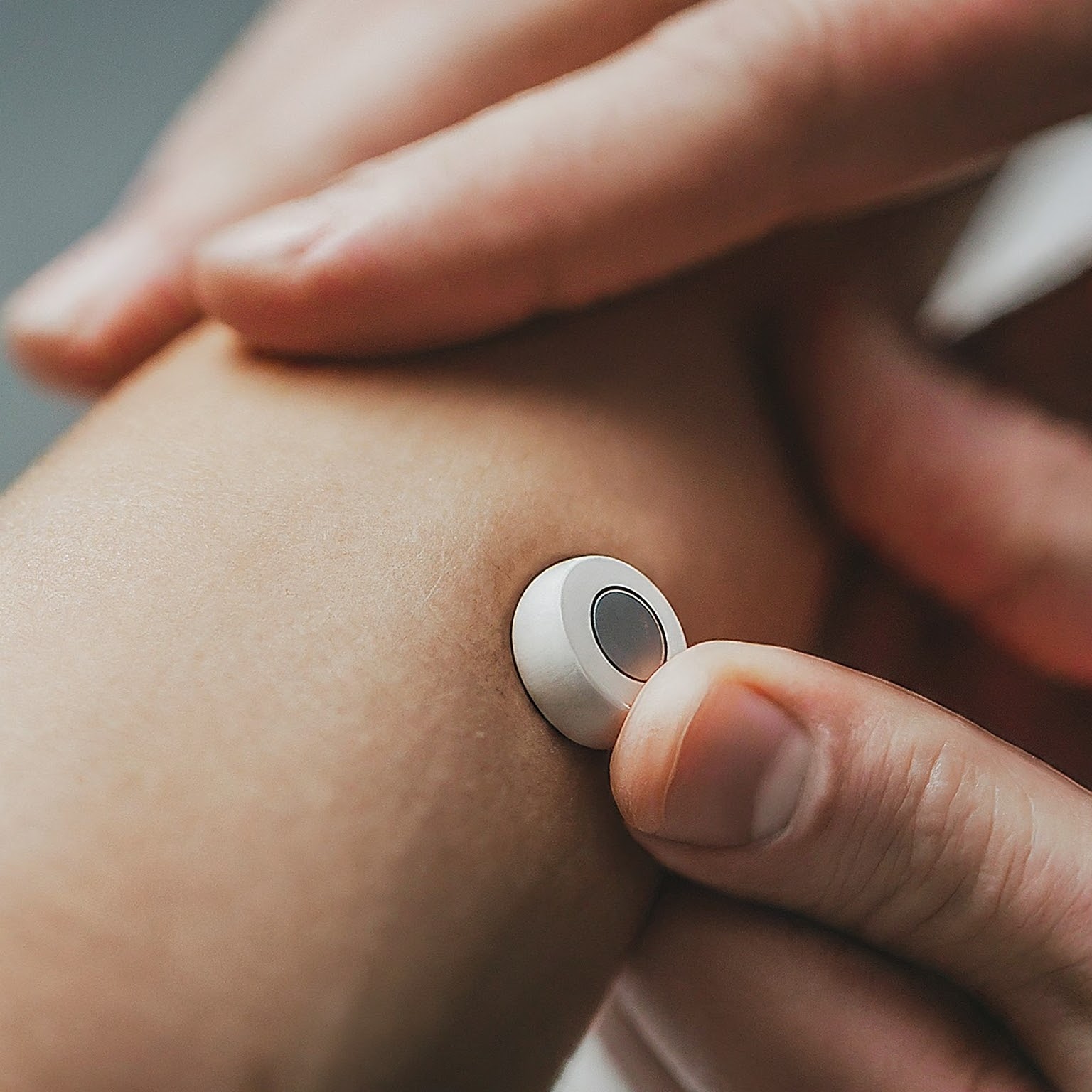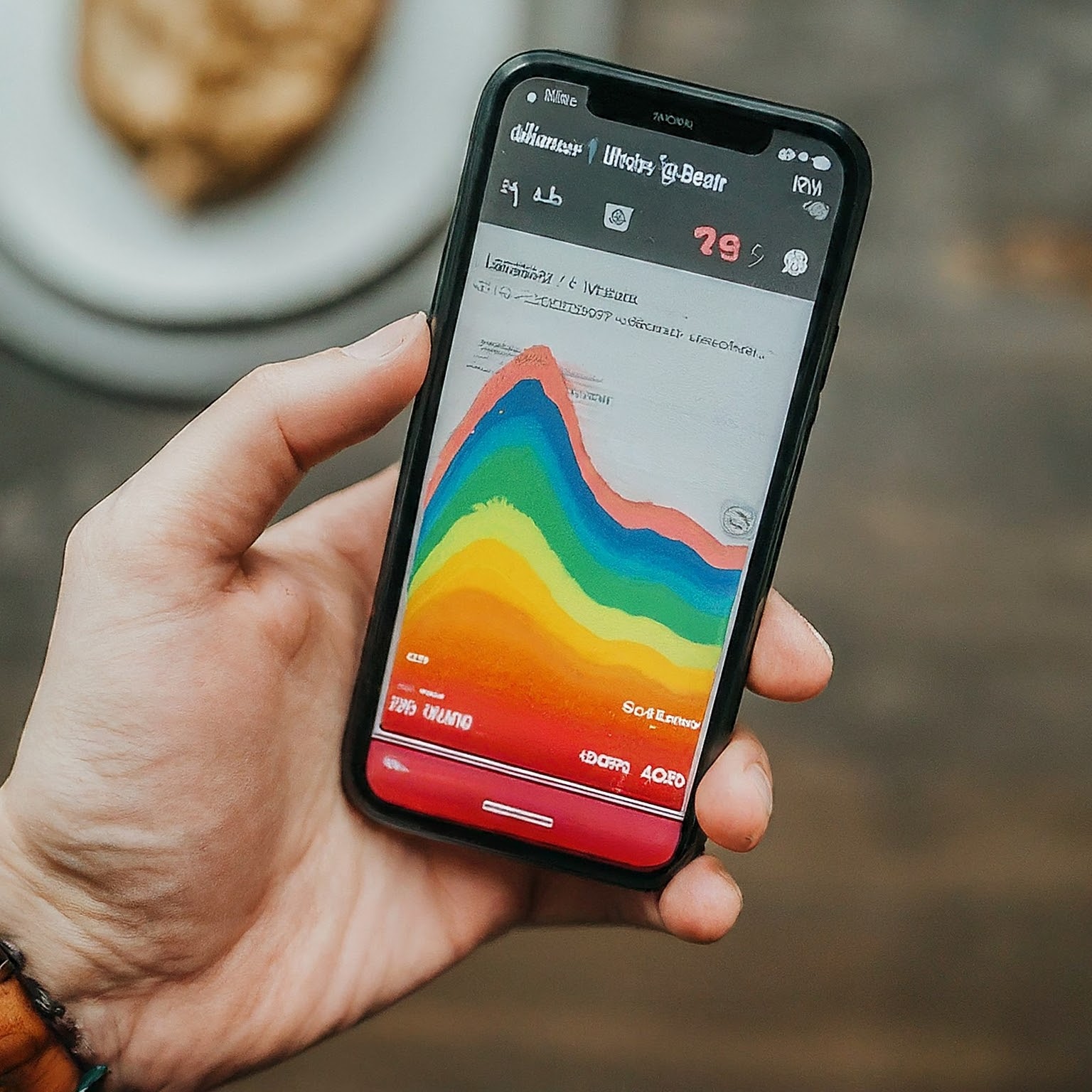- 14 June 2024
- 167
Level Up! CGMs for Personalized Diabetes Control

Meet Dr. Maria Garcia, Your Guide to Diabetes Management
Dr. Maria Garcia, a board-certified endocrinologist with over 15 years of experience treating patients with type 2 diabetes, is passionate about empowering people to take charge of their health. In this article, Dr. Garcia dives into the exciting world of continuous glucose monitoring (CGMs) and explains how this innovative technology can revolutionize your approach to diabetes management.
Beyond Finger Pricks: Unveiling the Power of CGMs
For many people with type 2 diabetes, finger pricks have become a routine part of daily life. While these traditional blood sugar tests provide valuable snapshots, they lack the ability to offer a complete picture of your glucose levels throughout the day. This is where CGMs come in.
What Exactly is a CGM?
A CGM is a small, wearable sensor inserted under the skin that continuously monitors your glucose levels in the interstitial fluid (fluid between your cells). This data is then transmitted wirelessly to a receiver or smartphone app, allowing you to see your glucose levels in real-time, along with trends and fluctuations.
Benefits of CGMs: A Game Changer for Diabetes Management
Table 1: Unveiling the Advantages of CGMs
| Benefit | Description |
|---|---|
| Real-Time Glucose Monitoring | See your glucose levels throughout the day, not just at specific points. |
| Improved Glycemic Control | Gain insights into how food, exercise, and medication affect your blood sugar. |
| Reduced Risk of Hypoglycemia and Hyperglycemia | Alerts can warn you of potentially dangerous blood sugar levels. |
| Personalized Data-Driven Decisions | Tailor your diet, exercise, and medication based on your unique glucose patterns. |
| Enhanced Motivation and Empowerment | Gain a deeper understanding of your body and take a more proactive role in managing your health. |

Demystifying the Data: Making Sense of Your CGM Readings
Understanding your CGM data can be overwhelming at first. However, with some guidance, you can transform this information into actionable insights. Dr. Garcia recommends focusing on:
- Identifying glucose trends: See how your blood sugar levels react to different activities, meals, and medications.
- Understanding time in range: Track the percentage of time your glucose levels stay within your target range.
- Recognizing patterns: Identify factors that consistently raise or lower your blood sugar.
Remember: CGMs are a valuable tool, but they shouldn’t replace traditional blood sugar testing or communication with your doctor.
Is a CGM Right for You? Exploring Your Options
If you’re interested in exploring CGMs, Dr. Garcia suggests discussing it with your doctor. Together, you can determine if a CGM aligns with your diabetes management goals and lifestyle.
Here are some factors to consider:
- Insurance coverage: CGMs can be expensive, but many insurance plans now cover them.
- Technical considerations: CGMs require a certain level of technical know-how.
- Lifestyle compatibility: CGMs work best when integrated into your daily routine.
Beyond the Basics: A Comparative Look at Popular CGMs
Table 2: Comparing Popular CGM Systems
| Feature | Dexcom G6 | Medtronic Guardian 3 | Freestyle Libre 2 |
|---|---|---|---|
| Sensor wear time | 10 days | 7 days | 14 days |
| Calibration frequency | No calibration required | Calibration required every 12 hours | Calibration required every 8 hours |
| Alarms | Yes | Yes | Optional |
Remember: This table offers a general comparison. Consult your doctor to determine the best CGM for you.
Embrace the Power of Personalized Diabetes Management
CGMs are no longer futuristic gadgets. They are powerful tools that can empower you to take control of your type 2 diabetes. By leveraging the insights gleaned from CGMs, you can make informed decisions about your health and unlock a future of optimal well-being.

